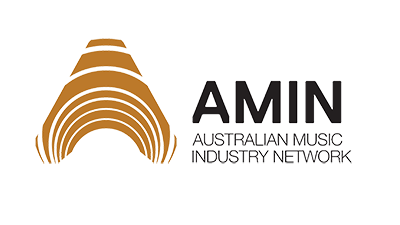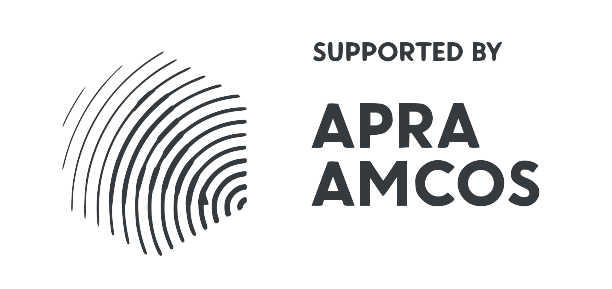Image above: Demonstrators protest the NSW lockoutlaws and their impact on night-life in Sydney Picture AAP Image: Ashley Mar. Source Musicfeeds.com.au
By Patrick Donovan
There’s been a lot of debate recently about the impact of alcohol harm minimisation strategies in Sydney and Queensland.
APRA/AMCOS released figures this week revealing an alarming drop in attendances at live music venues in the Sydney CBD Entertainment precinct, which last year imposed a 1.30am lockout for licensed venues. The report revealed a 32 per cent drop in the value of door charge receipts and a 17% decrease in the value of venue expenditure on live artist performers. An estimated 15,000 Sydneysiders hit the streets on Sunday to protest the lock-outs and celebrate its diverse culture – nearly six years after 20,000 Victorians marched for music at Australia’s largest cultural protest at the Save Live Australia’s Music (SLAM) Rally in Melbourne.
Fearing a similar impact on its live industry from the proposed rollout of similar lock-out laws, Queensland contemporary music peak body Q Music’s Joel Edmondson has bemoaned the lack of the music industry’s voice at the negotiating table and said the crackdown could even threaten the viability of Brisbane’s world-renowned BigSound music conference.
At the same time, Professor Peter Miller, from Violence Prevention and Addiction Studies at Deakin University, has quoted a 50 per cent decline in assaults causing actual bodily harm, and a 20 per cent reduction in sexual assaults in the area over that period.
Clearly the issue is as serious as it is complex. But Music Victoria believes that the delicate balancing act of ensuring the safety of citizens while protecting the United Nations-sanctioned rights for individuals to enjoy cultural diversity can’t be solved with a one size fits all approach. Sensible, targeted approaches to the root causes of this violence are needed. After all, governments don’t ban cars to reduce road fatalities; they implement targeted strategies.
So what is the answer? And what does this all mean for the world renowned $1billion Victorian live music industry?
Over the weekend in Melbourne, about 600,000 people of all ages and interests celebrated our diverse arts and culture offerings from 7pm to 7am at the White Nights festival, which the State Government has announced will expand to regional Victoria next year. Police said there were no major incidents, which suggests that there is less trouble when the city is full of activities and there are guaranteed safe passages home.
Victoria faced its liquor licensing crisis six years ago, when the Brumby Government used a blunt instrument to impose draconian liquor licensing restrictions on all licensed premises, whether a Greek restaurant and a bouzouki player, or a King Street beer barn.
But it back peddled after the SLAM rally, and the live music industry has received non-partisan government support since. This week, the Minister for Liquor Regulation Jane Garrett said previous attempts at a lockout in Melbourne were “a disaster for the fabric of our social and cultural identity”, adding that plans for Melbourne to be a 24 city hour include the year-long trial of all-night public transport on weekends and late night license freeze exemptions for small venues that serve food or feature live music.
With minimal income derived from the sales and streaming of recorded music these days, it’s all about live performance for musicians. And a strong national live circuit is essential to the Victorian music industry if our artists are to pursue and maintain sustainable careers.
Music Victoria is advising APRA, the National Live Music Office and our peak body counterparts on establishing a robust regulatory regime based on the Victorian model which includes recognition of the contribution of live music in liquor licensing legislation.
Each state has different complexities and laws. The national industry needs an integrated approach for the music economy to thrive.
As the industry proved six years ago, there’s no link between violence and live music; in fact there’s evidence that punters don’t ‘’face off’’ when they’re facing the stage. The onus should be on authorities to prove such a link, rather than the music industry to disprove such a link exists.
But this debate shouldn’t be limited to statistics, as it is impossible to quantify the redemptive power of music. The warmth and community it engenders. The way it gives meaning and comfort to what might look, sometimes, like a vicious and meaningless world.
The most level-headed comments to emerge from the debate this week were from Leichhardt Mayor Darcy Byrne, who is calling for a new licensing category for venues to be exempted from lockouts, in a bid to encourage jobs and opportunities for the live music and performance sector.
“Everyone is concerned about assaults in our city, but live music venues can be the antidote to the plague of pub violence,” Byrne said in a statement.
Patrick Donovan is Chairman of the Australian Music Industry Network (AMIN), CEO of Music Victoria, and a member of the State Government’s Liquor Control Advisory Council.


